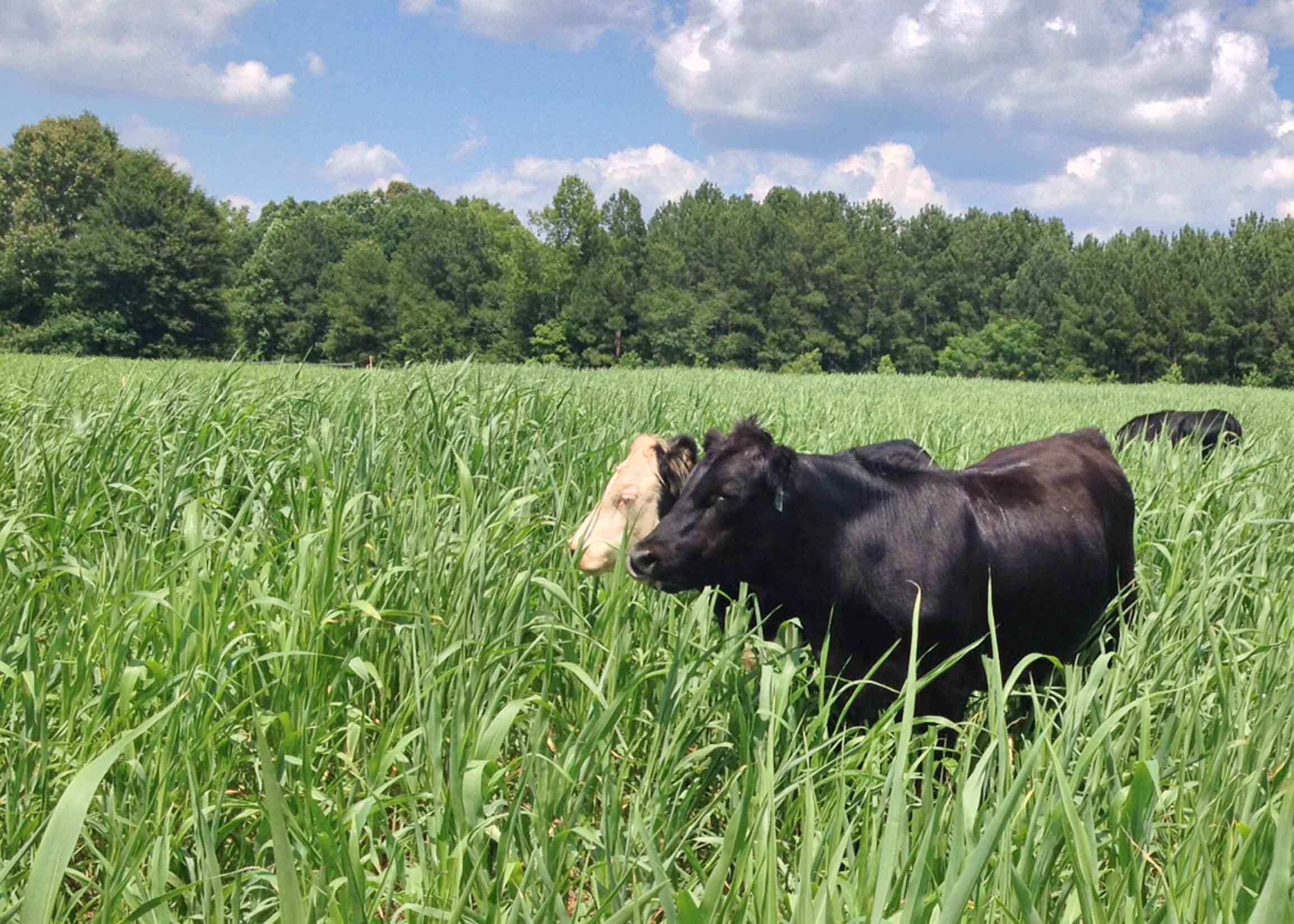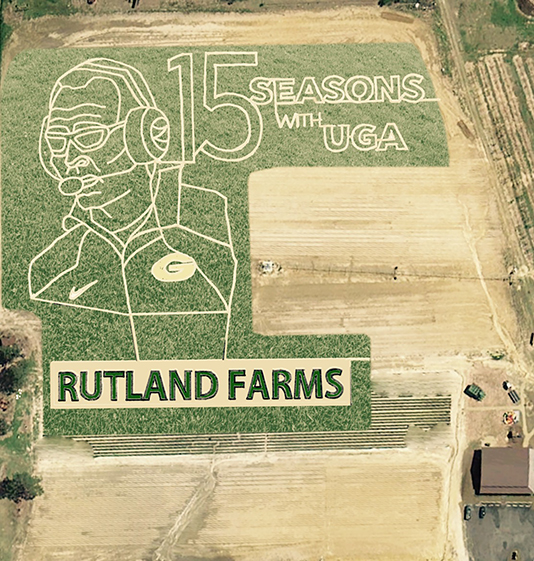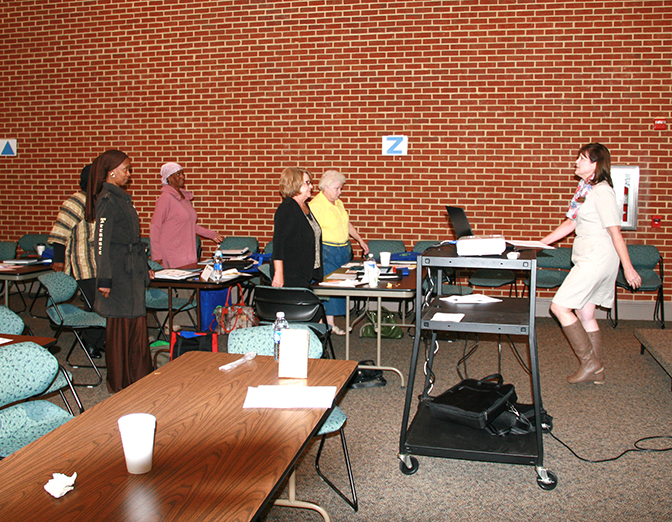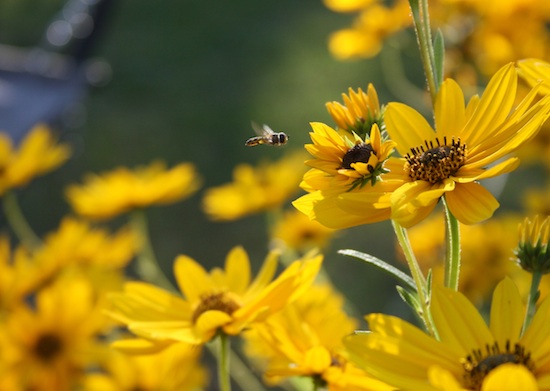 CAES News
CAES News
Pollinator Plan
Many food items, including fresh fruits and vegetables, would never make it to grocery store or farmers market shelves without the help of beneficial insects like honeybees and butterflies. The number of these pollinating insects in the U.S. is declining, and to help, Georgia agricultural experts developed a statewide plan to teach gardeners and landscapers how to care for their plants and protect these vulnerable insects that are vital to food production.

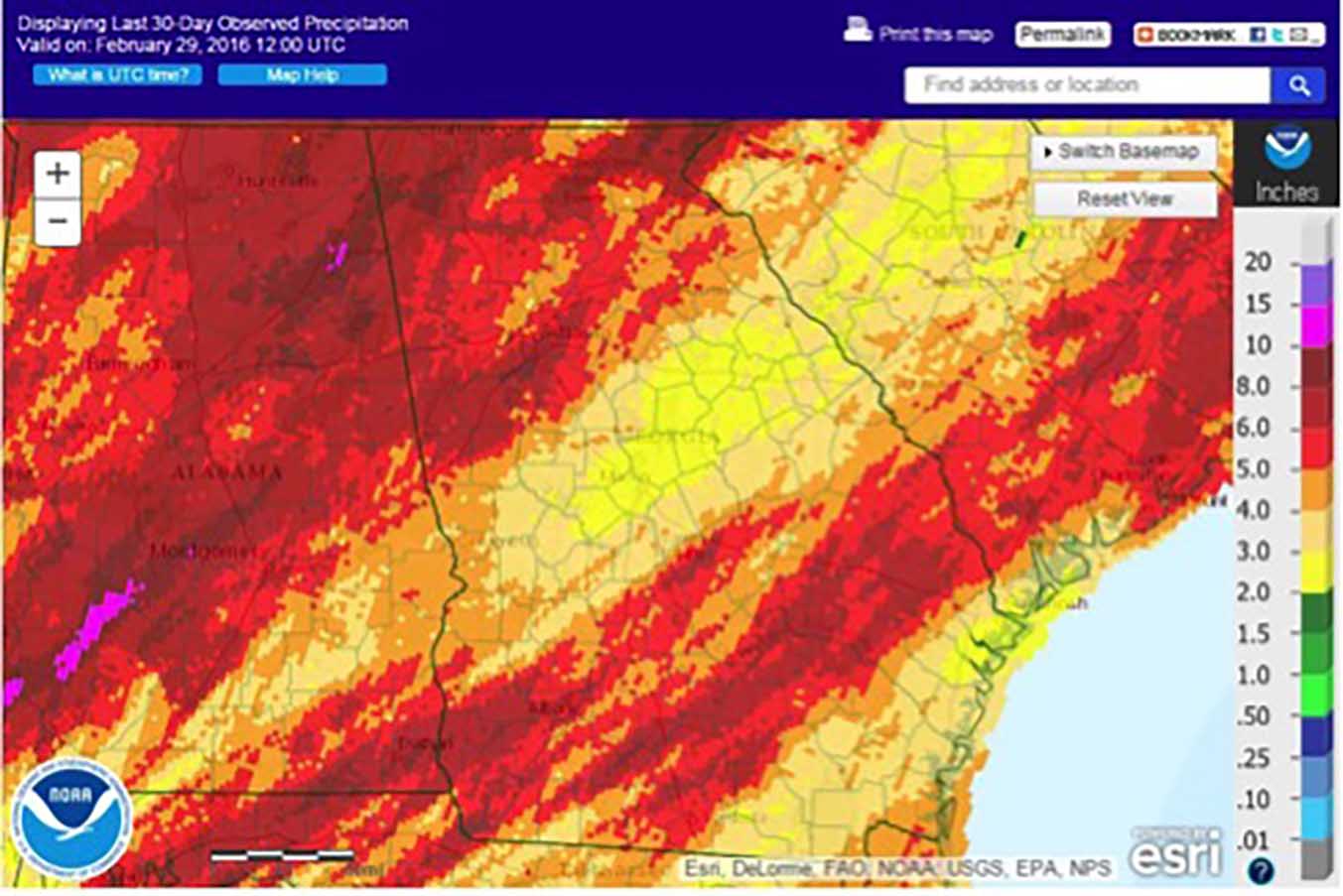
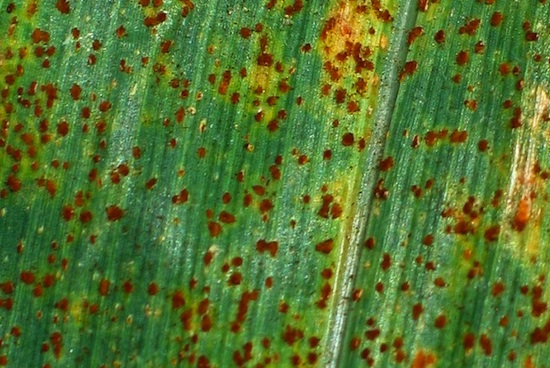
.jpg)
